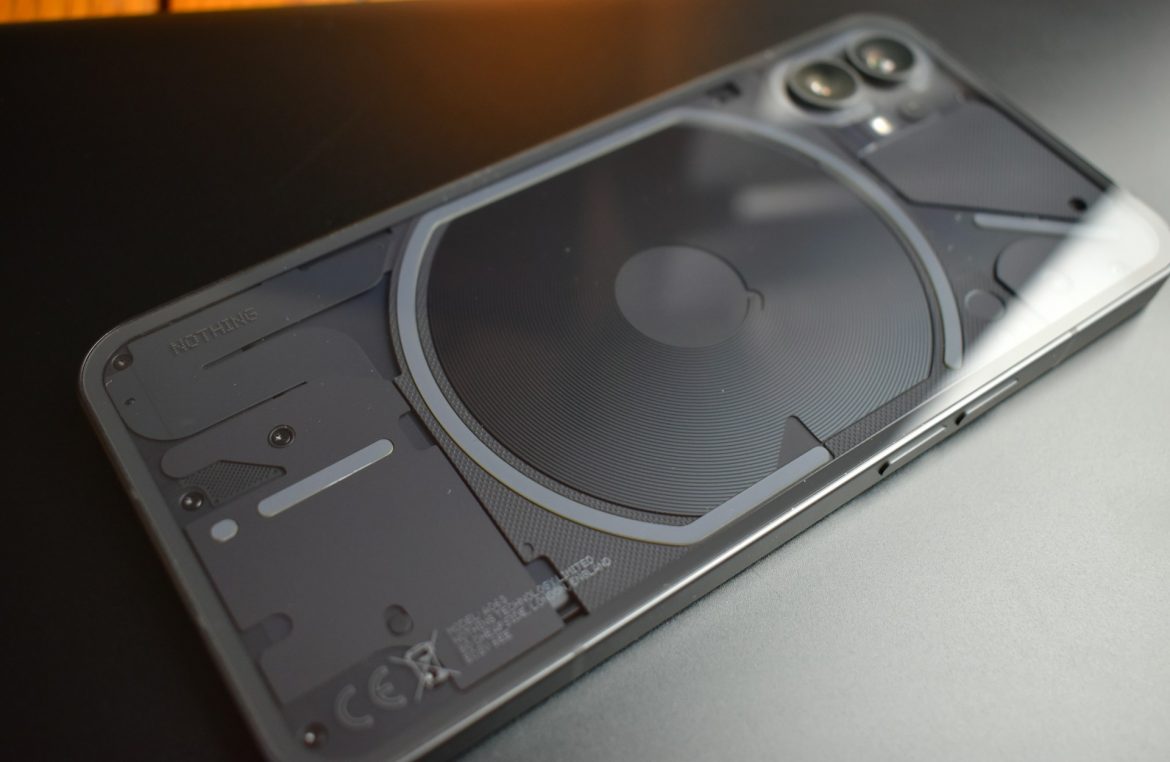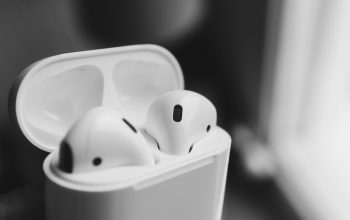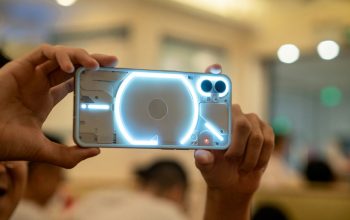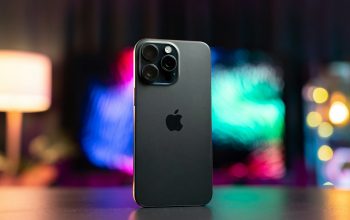When Nothing first launched the Phone (2), it was a bold entry into the midrange market for a newcomer. Not long after, the company followed up with the Nothing Phone (2a), a more budget-friendly option that still retains the brand’s distinctive flair. While a slightly upgraded Phone (2a) Plus has since entered the scene, the original (2a) remains available and relevant, with only a modest difference in processing power separating the two.
Now, with the Phone (2) aging and the company confirming that the next generation—Phone (3)—won’t arrive before 2025, consumers are left with two core options. One is priced at $349 and the other at $549. The question is: does the flagship still hold its ground in late 2024, and is it worth the $200 premium over its more affordable sibling?
We dive into their key differences in design, performance, camera capabilities, battery life, and overall appeal.
Design and Build Quality
Despite being the lower-cost option, the Phone (2a) doesn’t stray far from Nothing’s unique design philosophy. With both phones placed face-up on a desk, it’s surprisingly hard to tell them apart at first glance. The (2a) has a plastic frame with a textured matte finish, offering a satisfying grip and feel. Its slim bezels match those of the more expensive model, further blurring the line between midrange and premium.
The backs, however, tell a different story. The Phone (2a) features a redesigned camera layout and a noticeable bump, which may be divisive for some, but has generally proven inoffensive in person. The Glyph lighting system—Nothing’s signature LED design—is also different between the two. Still, the Phone (2a) manages to include one of the more useful features: a Glyph Timer. This allows users to place the phone face down and track countdowns with a glowing light bar. What it lacks is the small LED strip at the bottom of the Phone (2) that indicates charging progress.
While the plastic back of the (2a) may feel less luxurious than the glass panel on the flagship, it’s worth noting that the front of the (2a) is covered by Gorilla Glass 5, the same as the Phone (2). Both devices also offer IP54 protection, meaning they can resist light splashes and some dust but aren’t fully waterproof or dustproof.
Display
Both phones boast 6.7-inch AMOLED displays with nearly identical specs. Each supports HDR10+, has a resolution of 1080p, and features a 240 Hz touch sampling rate. The main distinction lies in their refresh rate capabilities: the Phone (2a) dynamically shifts between 30 Hz and 120 Hz, while the Phone (2) covers a broader range, going from just 1 Hz up to 120 Hz. This wider range helps the flagship conserve more battery during low-interaction moments.
Importantly, the Phone (2a) doesn’t compromise on display quality. For a budget phone, delivering a screen on par with a flagship is a significant win, especially since it’s the main component users engage with daily.
Final Thoughts
While the Phone (2) still holds advantages in refinement and a few extra features, the Nothing Phone (2a) impressively holds its ground. Its build, display, and even Glyph functionality reflect thoughtful design choices that make the $349 price tag feel like real value. Unless you specifically need the extras provided by the Phone (2), the (2a) offers most of the same experience at a significantly lower cost.
The $200 gap might matter less if you’re drawn to the premium glass finish or want the added polish of a flagship. But for most users, the Phone (2a) delivers the essence of Nothing’s style and innovation—without breaking the bank.



